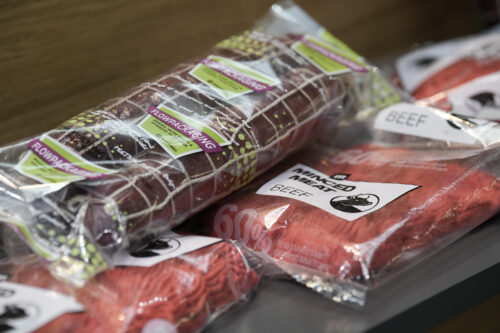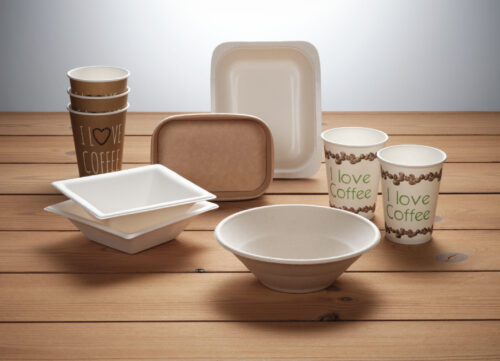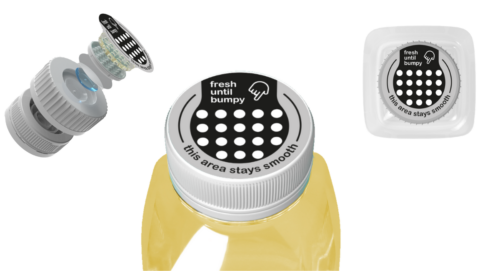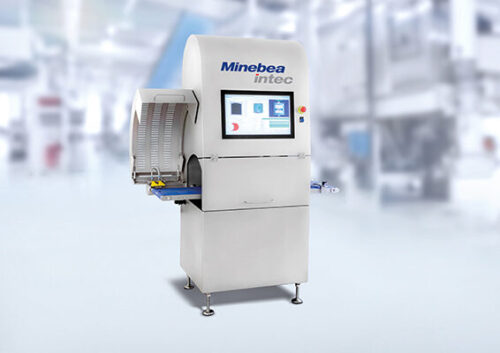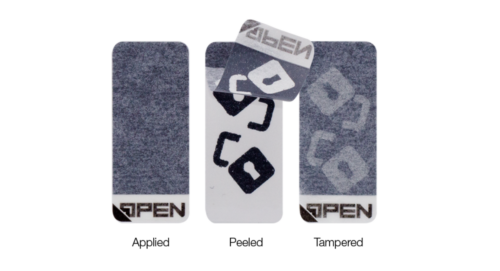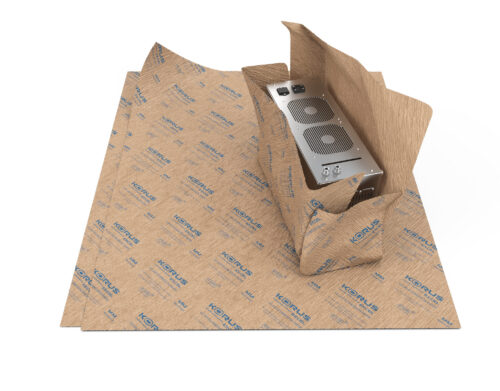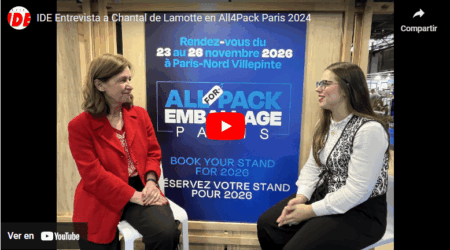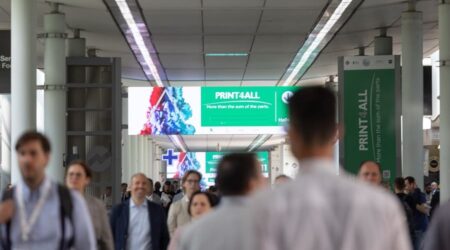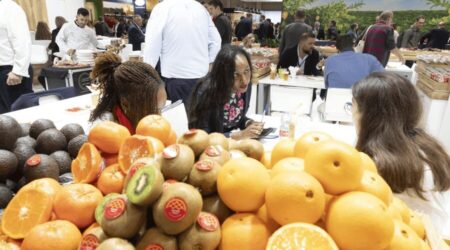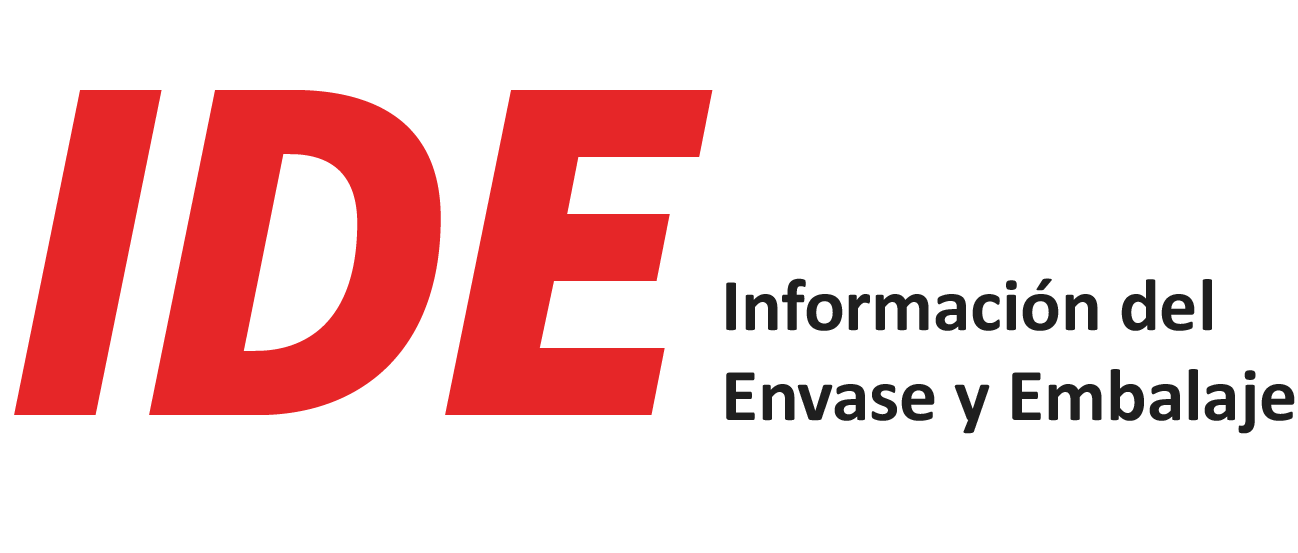No packaging, no way: product protection challenges
Indice
Packaging, especially when made of plastic, is often today the target of criticism, focusing on excessive volumes of waste, carbon emissions and resource consumption. In this process, their most important function is often forgotten: protecting products so that they reach the consumer unscathed. And packaging is crucial to ensuring this outcome. It makes it possible to transport and store goods as well as ensuring their hygiene, quality, authenticity and integrity. It is particularly the case for food and pharmaceutical products, but plenty of other goods would also end up being thrown away unused in the absence of packaging. As a result, keeping products safe is a major priority in the packaging industry and was naturally also the focus of last year’s interpack exhibitors.
The main task of a good packaging solution is to provide the best possible protection for the contents inside. Arguably, this is most evident and important in the food segment. Innovative and intelligent packaging solutions play a role in reducing food waste. At the last year’s interpack, among the information visitors discovered was how food loss during the filling process can be minimised, how reliable product inspection and high-quality sealing can be achieved, and how unwanted contamination can be prevented.
A fact frequently left out of the packaging debate is that only a small proportion of a product’s climate impact can be attributed to packaging, especially when it comes to food. Butter packaging, for example, only accounts for 0.4% of the entire product’s carbon footprint, while a milk carton is responsible for around 4%. These figures, which were calculated in a study by German packaging and environment association AGVU, take the full life cycle of the packaging into account – including its disposal. The overwhelming share of the climate impact, then, is attributable to the packaged product itself. Around a third of the food produced worldwide is lost or wasted within the added value chain every year. But the Save Food Initiative, launched in 2011 by interpack and Messe Düsseldorf, is setting out to tackle this head-on. Packaging plays an important role in the respective companies’ events.
Secure food packaging
Food continues to be packaged in multilayer plastic composites, because the different layers can be easily adapted to suit the relevant product’s protection needs. However, multilayer packaging is currently not recyclable, meaning that it ends up in a landfill or being incinerated. In the Circular FoodPack research project, which will run until 2024, scientists at the Fraunhofer Institute for Process Engineering and Packaging (IVV) are currently working on recycling food packaging in a closed loop and making it possible to use in direct contact with food. For this purpose, they are developing innovative monomaterial packaging that keeps pace with multilayer composites in its protective function as well as allowing for a closed loop through recycling and reuse.
Strict legal requirements have to be satisfied in order to reuse recycled materials in food packaging, with EU Regulation 2022/1616 (on recycled plastic materials and articles intended to come into contact with foods) requiring functional barriers whose properties can be documented. To this end, Fraunhofer IVV has developed a screening method for functional barrier layers that are intended to prevent the migration of undesirable substances into food. This involved examining thin organic and inorganic coatings used as barrier layers, which were then put through practical testing later in the project.
Paper is not always the first choice when it comes to packaging food, especially for products with fatty or liquid ingredients, because fibre-based materials do not always provide the requisite barrier properties. On the other hand, there is an ongoing trend away from plastic packaging and towards paper packaging. Where packaging comes into contact with fatty or liquid products, this makes barrier protection essential. BASF offers a solution in the shape of Ecovio, its certified compostable plastic based on renewable resources. This year, the company has added a new line of extrusion-coated paper and cardboard packaging to its Ecovio range.
This is approved for contact with food and has strong barrier properties against liquids, fats and oils (including mineral oils) as well as effective thermostability to withstand boiling water at up to 100°C. In addition, Ecovio sticks very well to a wide range of paper and cardboard surfaces. This makes the new product line suitable for paper-based solutions such as cups and containers for dairy products, frozen foods, wrapping paper for sandwiches and cereal bars, bowls for confectionery and snacks, and to-go cups for hot and cold drinks or soups. Important from a commercial viability point of view, the manufacturer states that the new extrusion-coating process reaches a speed comparable to that achieved with polyethylene (PE). And depending on the application and the equipment, coating weights similar to those reached with PE can also be delivered, meaning that very thin coatings are possible.
Capping food waste
Smart closures are also currently being used to minimise food waste. This year, in the form of its Bump Cap, United Caps has released a closure that makes it possible to increase today’s excessively cautious use-by dates without consumers being put at any risk. The closure is automatically activated by the consumer when they twist the cap open for the first time. As long as the cap’s surface is smooth, the product is still fresh. However, if the plastic feels bumpy, it is a clear sign to the consumer that the expiry date has passed. The idea was the brainchild of London-based start-up Mimica, whose founder, Solveiga Pakštaitė, originally only wanted to develop a bottle cap that would provide visually impaired people with information about the product’s shelf life.
The Bump Cap arrives at the bottling line in two parts. The base cap has been tested by leading manufacturers of bottling lines, and using it only requires minor modifications to the system. The cap itself includes the bumpy surface, the gel and the activator, and it is applied using a special machine after the bottle has been filled. Like other modules, for example for labelling or film wrapping, this machine can be easily integrated into production lines.
Making defects and foreign matter history
Inspection solutions are highly important for the protection delivered by product packaging. There are a variety of systems on the market that can detect different types of foreign matter. For metals, industrial metal detectors are suitable for reliably detecting metallic foreign bodies and removing them from production lines. These systems help manufacturers maintain compliance, minimise the risk of recalls and reduce production downtime. If other foreign matter needs to be detected, X-ray inspection systems are recommended. This year, Mettler-Toledo exhibited a new X-ray solution that inspects individually packaged foods or pharmaceuticals at high production line speeds. The process of checking labels, printed material and use-by dates is also part of product protection, and visual product inspection systems provide precise results. Minebea Intec’s VisioPointer, for example, comes with three cameras and multiple lighting modes as standard, with side and satellite cameras offered as optional extras for analysis from multiple angles. In addition, it can carry out a reliable seal seam inspection. This inspection is an important visual quality check in the food industry, as the product can only reach its shelf life if its packaging is absolutely airtight.
The sustainable way to prevent counterfeiting
Anti-counterfeiting solutions are another major factor in the product protection world, most notably affecting pharmaceutical products. For example, security labels ensure that attempts to open a product are clearly visible. However, when used on folding pharmaceutical boxes, they prevent recycling since part of their film remains stuck on the cardboard packaging. Securikett has now developed sustainable and eco-friendly security labels made of paper with an integrated tear-open tab and peel-off barrier. The company’s «It’s Paper» family now includes a wide range of different paper labels, which are equipped with a multitude of security features and can be easily recycled along with the cardboard.
New anti-corrosion brand
Packaging that provides the best possible protection for its contents is not only key for food and pharmaceuticals. Non-food products, such as components made of metal, often also require more than just a simple protective shell. Their packaging must also protect against corrosion during shipping. Packaging manufacturer Antalis has been pooling its expertise under its own dedicated anti-corrosion brand since 2023. Korus offers VCI paper and film packaging for the European market. A VCI (volatile corrosion inhibitor) is a special volatile material that evaporates into a lasting coating on airtight paper or film packaging, forming a protective environment around the sensitive metal inside. After the packaging is opened, the inhibitor evaporates without leaving a residue – unlike oil or grease solutions, which are also used for anti-corrosion purposes. The packaging can still be briefly opened, at customs for instance, without losing the corrosion protection. The protective atmosphere redevelops automatically after it is resealed. The new Korus VCI papers and films from Antalis are recyclable after use. The company’s product range also includes a VCI paper grade that can be creped, maximizing the surface area and adding even more active VCI material to the packaging. The creping also makes the paper more stretchy and elastic, allowing even sharp corners and edges to be securely sealed up, for example.


